Editor- Sindhu Sharma ||
In the heart of India’s digital revolution, a new kind of star began to rise—one not defined by
glitzy commercials or movie screens, but by authenticity and connection. Prajakta Koli, better
known as MostlySane, started out as a girl with a camera, sharing her quirky takes on
everyday life. Her relatability struck a chord with millions, and soon brands like Amazon and
Nykaa flocked to collaborate with her. She wasn’t just promoting products—she was
speaking to a generation, making influencer marketing in India a force to reckon with.
Similarly, Bhuvan Bam, the creative genius behind BB Ki Vines, turned his comedic sketches
into a cultural phenomenon. From local laughs to working with brands like Lenskart and
Tinder, he showed the power of digital influence in India’s evolving marketing landscape.
And let’s not forget Dolly Singh, who began as a fashion blogger and skyrocketed to fame
with her relatable humour. Collaborating with major brands like UrbanClap and Flipkart,
Dolly’s journey highlighted how the voice of an everyday girl could shape trends and
consumer behaviour. These influencers weren’t just faces on a screen; they became the heart
and soul of modern marketing, turning India’s digital ecosystem into a storytelling platform
where connection, humour, and authenticity are king.
In a world where scrolling through social media has become as routine as sipping coffee,
brands are now weaving their stories through the influencers who fill our feeds. Imagine
waking up to a fitness guru like Yasmin Karachiwala motivating you with her morning
workout routine, or a beauty influencer like Komal Pandey effortlessly showing you the
perfect lipstick for your day. Behind these seamless interactions lies a powerful marketing
revolution—where everyday people with niche followings hold the key to consumer trust.
Fashion giants like Nykaa and Myntra, tech titans like Apple and Samsung, and even food
delivery services like Zomato and Swiggy are tapping into influencers who shape trends and
purchasing decisions.
These influencers aren’t just promoting products; they are curating lifestyles and shaping
preferences, with each post blurring the line between advertisement and daily life. Whether
it’s tech reviews by Geeky Ranjit or travel inspiration from Bruised Passports, this new breed
of digital creators is pulling consumers closer to brands in ways never imagined. Welcome to
the age of Markfluence—where influencers are the modern-day storytellers, driving
engagement, sales, and ultimately, shaping the very economy itself.
These influencers aren’t just promoting products; they are curating lifestyles and shaping
preferences, with each post blurring the line between advertisement and daily life. Whether
it’s tech reviews by Geeky Ranjit or travel inspiration from Bruised Passports, this new breed
of digital creators is pulling consumers closer to brands in ways never imagined. Welcome to
the age of Markfluence—where influencers are the modern-day storytellers, driving
engagement, sales, and ultimately, shaping the very economy itself.
The Rise of Influencer Marketing in India
India’s influencer marketing industry is growing at an unprecedented rate. While the US
market was valued at $16.4 billion in 2022, India’s 25% annual growth and the projected ₹34
billion market by 2026 signify its global significance. But India’s influencer ecosystem is
distinctive because of its reliance on regional and micro-influencers—creators with smaller,
niche followings who connect deeply with their audiences on a personal level.
Platforms like Instagram, YouTube, and Moj have become hubs for these creators. With over
600 million internet users and 65% of the population under 35, India’s young and tech-savvy
demographic has been the primary driver behind the demand for influencer content. Whether
it’s beauty hacks, fitness routines, or product reviews, influencers are now the trusted voices
that shape consumer preferences across the nation. This is especially true in smaller towns
and cities, where the appeal of celebrity endorsements is giving way to micro and nanoinfluencers (1,000-50,000 followers) who offer a more cost-effective and personalized
connection with audiences
Leading fast-moving consumer goods (FMCG) companies like Hindustan Unilever (HUL)
and Procter & Gamble (P&G) have been early adopters of influencer marketing in India.
These companies collaborate with influencers to promote personal care items, skincare, and
grooming products—especially to younger, beauty-conscious consumers. where influencers
create tutorials, product reviews, and how-to videos, which not only introduce the product but
also show how it fits into the consumer’s daily life.
Amazon India and Flipkart are setting the benchmark for influencer-driven sales, especially
during major events like Amazon Prime Day or Flipkart’s Big Billion Days. Influencers play
a key role in showcasing unboxings, product demonstrations, and real-time shopping
experiences, giving consumers a glimpse of products in action. These partnerships help
increase trust and encourage consumers to make purchases by simplifying the decisionmaking process.
Even traditional industries like automobiles are leveraging influencers to drive brand
awareness. Companies such as Mahindra and Tata Motors have collaborated with lifestyle
and travel influencers to promote new vehicle launches. These influencers show off new
models in real-life settings—road trips, scenic drives, or day-to-day activities—creating a
deeper emotional connection with potential buyers.
Why Smaller Influencers are Outperforming Celebrities
While celebrity endorsements were once the gold standard in marketing, micro and nano
influencers are now outperforming celebrities in key areas like engagement and authenticity.
Micro and nano influencers typically enjoy engagement rate of 4%, whereas celebrity
endorsements often hit only 1.5% to 2%. Audiences find smaller influencers more relatable
and trustworthy because they engage personally with followers through direct conversations,
stories, and recommendations. A fitness influencer reviewing a protein shake, for example,
feels more credible than a celebrity promoting a wide range of products that may not align
with their personal image. Influencers offer an opportunity to work within limited budgets
while still achieving strong ROI. Collaborations with micro-influencers are far more
affordable than those with celebrities while generating the same (if not more) outcome. Micro
and nano influencers specialize in niche communities, allowing brands to reach specific
segments more efficiently compared to celebrity campaigns. Unlike one-off celebrity
endorsements, micro-influencers often build long-term partnerships with brands. This not
only helps with consistent brand awareness but also fosters deeper connections between the
brand and the influencer’s audience.
Impact on the Economy
Influencer marketing’s impact is not limited to brand engagement—it’s driving significant
economic growth. With 47% of brands now prioritizing smaller influencers in their
campaigns, the shift from traditional to digital advertising is creating jobs, driving consumer
spending, and expanding India’s creator economy. More than 69% of consumer decisions are
influenced by content created by influencers. This is especially true in Tier 2 and Tier 3
cities, where the accessibility of influencers has opened up untapped markets. Brands are now
able to reach previously unreachable segments, creating new sales opportunities and
increasing brand awareness. Influencer marketing is becoming a major part of the overall
marketing spend. As of 2023, it accounted for approximately 10-12% of the total digital
marketing budget in many industries, and this figure is expected to grow significantly as the
sector matures. The rise of micro and nano influencers is also contributing to direct
employment in content creation, digital marketing agencies, and support services. By
generating millions of rupees in advertising revenue, influencer marketing is becoming an
integral part of India’s GDP growth.
India’s Growth in the Global Context
While India’s influencer marketing industry is growing rapidly, it still lags markets like the
US and China in size. The US market was valued at $16.4 billion in 2022, whereas India is
projected to reach ₹34 billion (around $400 million) by 2026. However, what sets India apart
is its reliance on regional influencers, which allows brands to reach highly specific audiences
across a diverse consumer base. India is also following in China’s footsteps by embracing
social commerce and live-stream shopping—trends that have already taken off in markets
like China. Platforms like Flipkart and Amazon India are leading the charge in this space,
integrating influencers into shopping experiences that are more engaging and personalized.
As brands shift towards performance-driven campaigns, influencers—particularly micro and
nano influencers—are becoming essential in building brand loyalty and driving sales. The
future of marketing in India is bright, sitting at the crossroads of digital innovation and
influencer collaboration, making the creator economy one of the country’s most promising
sectors.







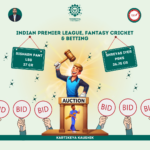

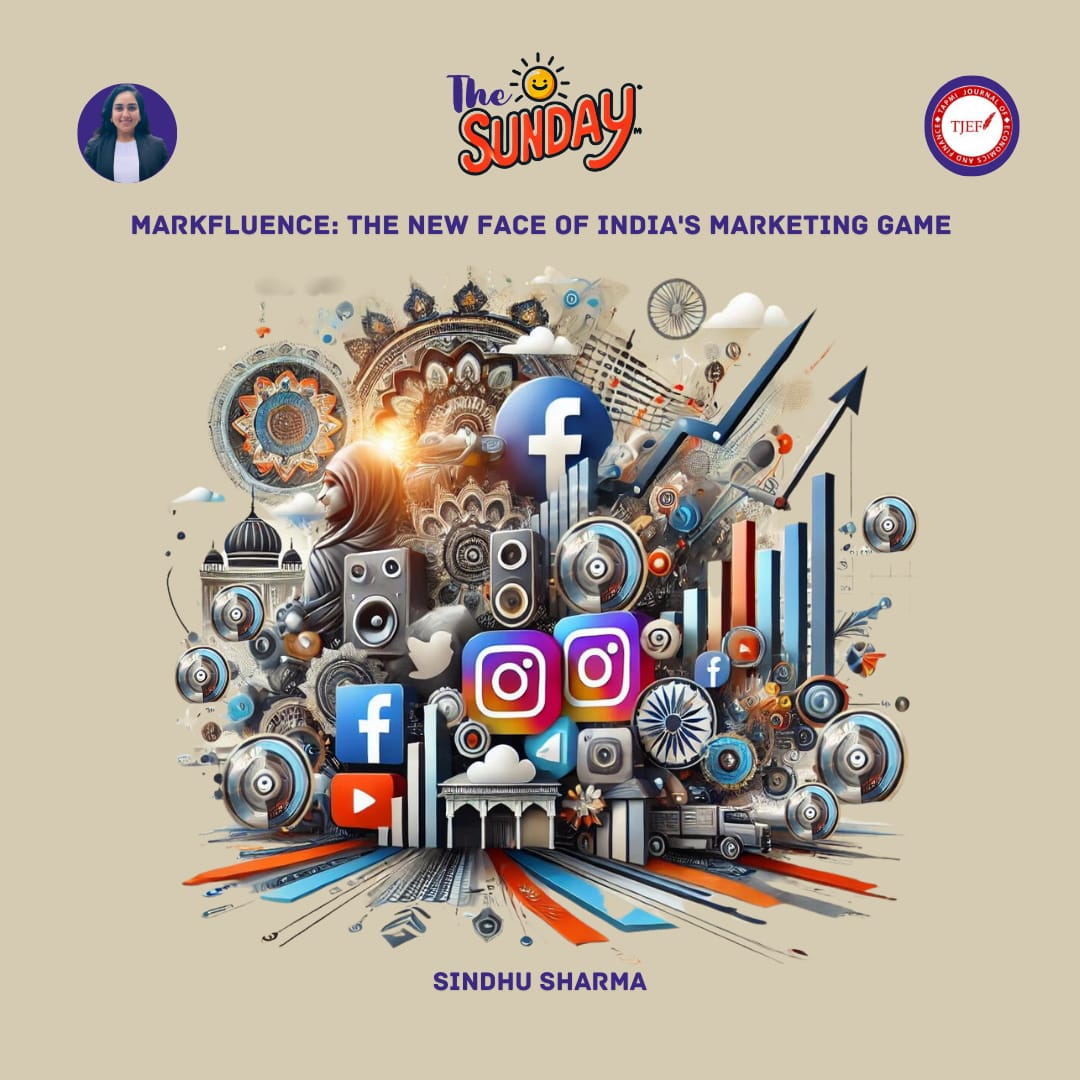

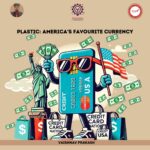
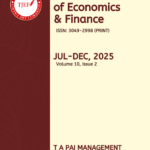
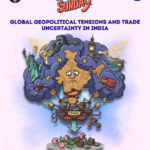


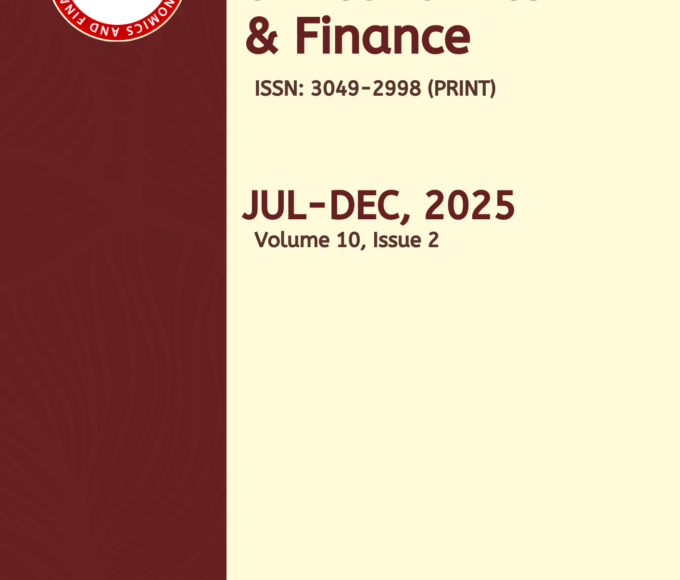
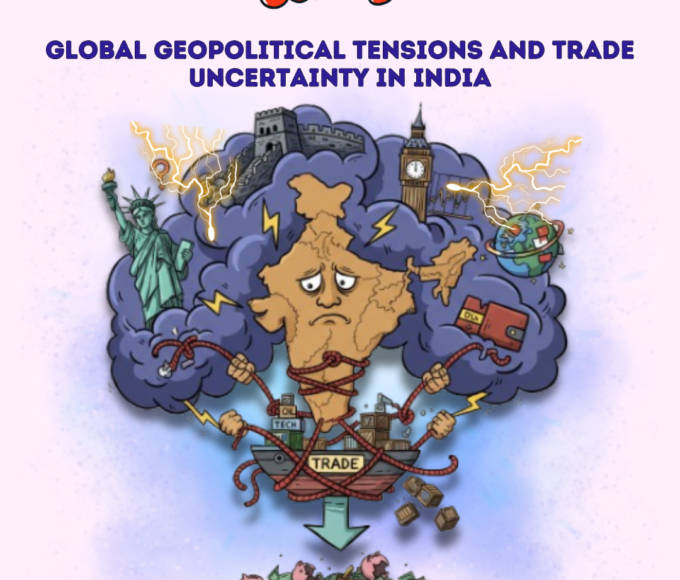
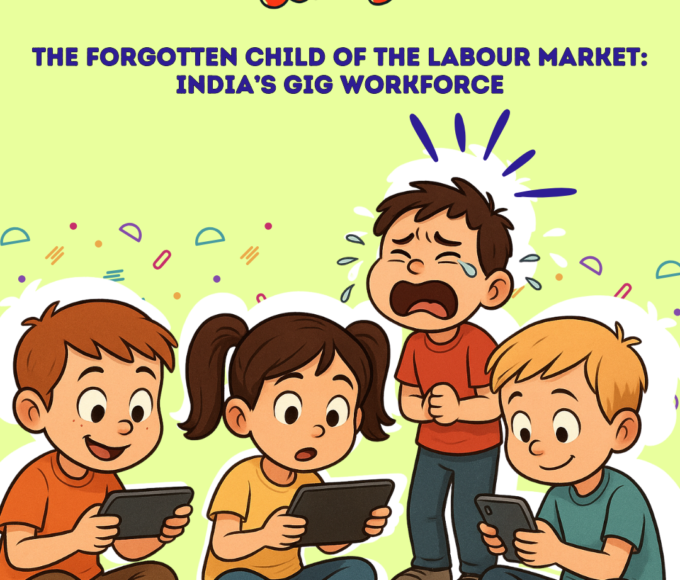
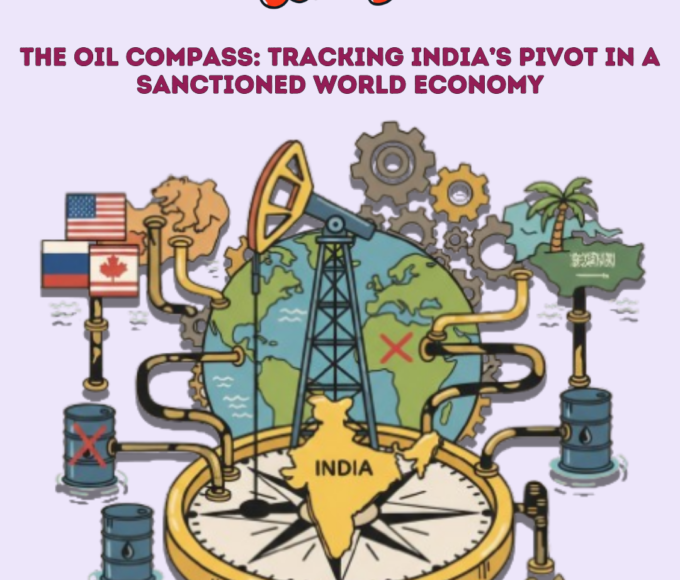
Leave a comment